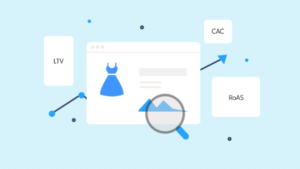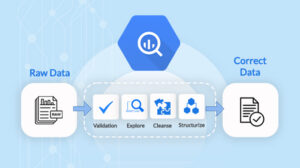Due to the complexity of digital marketing and the sheer volume of data that has to be examined, attribution is a significant challenge for many eCommerce firms. Selecting an appropriate model and putting it into practice might be challenging, but it’s possible with the proper knowledge and resources.
As a bonus, you should know exactly which marketing efforts are paying off for you. Without that, it’s impossible to tell where your focus should be. For this reason, specific structures must be established. eCommerce companies can choose from a number of different attribution models, each with its advantages and disadvantages. The most critical step is selecting an attribution model that supports your brand’s marketing objectives.
In this blog, we’ll discuss what attribution modeling is, the many models that exist, and how eCommerce companies may utilize automation to streamline the attribution process.
Why does eCommerce Marketing Attribution Matter?
One of the most important ways to link items with the end users is through attribution. It helps you, the business owner, determine what makes your organization appealing to customers, how efficient your processes and channels are, and where you’ll receive the most return on investment (ROI).
A study by HubSpot found that by 2022, 52% of marketers were using attribution reporting. As a result, it’s a crucial resource for fine-tuning and evaluating the success of your approach.
- Conversions directly affect your return on investment. Thus, working to increase it is a top priority. The first stage is recognizing the causes of your customer’s conversion.
- You should maximize your strategy by identifying the channels that attract your site’s visitors. How effective is the advertisement copy? All of these elements may be gleaned from your attribution statistics. Find out which links your consumers are clicking on and why.
- Lifetime value (LTV) is a metric used to evaluate the financial potential of a client. Therefore, maintaining a loyal consumer base cannot be overstated. However, exactly what drives their choice-making processes is unclear. What factors in their choice do they consider? These are the questions that will determine the quality of your customer service and whether or not you can keep your customers coming back for more.
Learn more about Customer Lifetime Value.
- Do your consumers complain about annoying pop-ups? After seeing your landing page, do they have a clear picture of what you’re selling? Is it an easy road to travel? All these factors contribute to the overall satisfaction of your consumers. It, in turn, influences their likelihood to recommend your business to others. Customers will have a better time if you know how long their waits are and where the bottlenecks are.
- Companies now use various media to effectively convey their messages to clients, including text, links, images, and videos. Attribution models allow you to assess the efficacy of multiple aspects of your marketing strategy, allowing you to hone your message until it is crystal clear and compelling.
Common eCommerce Marketing Attribution Models used by Marketers
eCommerce Marketing attribution models’ worth may be measured in various ways, such as by a percentage, a cash amount, or even a yes/no answer. First, let’s look at eCommerce brands’ common marketing attribution models today.
| eCommerce Marketing Attribution Models | Overview |
| First-click Attribution Model | Credits 100% value to customer’s first touchpoint. |
| Last-click Attribution Model | Credits 100% value to customer’s last touchpoint. |
| Multi-touch Attribution Model | Credits different values to different touchpoints |
| Linear Attribution Model | Credits equal value to all customer touchpoints. |
| Position Based Attribution or U-Shaped Attribution Model | Credits 40% value to customer’s first touch, 40% value to the customer’s last touch and spreads the remainder 20% value equally to the rest touchpoints. |
| Time Decay Attribution Model | Mainly credits value to the last touchpoint but allows some credit to touchpoints up to conversion. |
| Last Non-Direct Click Attribution | Credits 100% value to the most recent non-direct customer touchpoint |
What is First-click Attribution Model?
As the name implies, first-click attribution assigns the conversion’s credit to the first point of contact or touchpoint a consumer has with a brand.
For example, a customer visits your site by clicking one of the Facebook ads. Then, a couple of days later, the same customer returns to your site as she comes across your Google ad. The customer revisits your sites for the third time listening to your podcast. Then, she directly makes a purchase after some hours.
As per the first-click attribution model, the entire sale/conversion credit goes to the first touchpoint, i.e., the Facebook ad.
- First-click attribution is limited in scope since it only considers the initial point of contact with a consumer.
- First-click attribution’s key advantage is that it’s easy to quantify and analyze. However, it doesn’t provide a comprehensive view of the customer’s journey or the interplay between the many touch points that affect the likelihood of a sale.
What is Last Click Attribution Model?
Last Click attribution assigns credit for a conversion to the customer’s last touchpoint, as opposed to the first-click attribution method.
To continue with the previous example, the brand’s landing page that the customer converted from would receive 100% credit for the sale/conversion.
A significant perk of using last-click attribution is that it records the customer’s whole journey and the interplay between several touch points that led up to the conversion. Measuring it, however, might be trickier since it also keeps tabs on information from various sources.
What is Multi-touch Attribution Model?
Using multi-touch attribution, we can determine which of a customer’s interactions with a brand that ultimately led to a sale/conversion. Continuing with the previous example, if a customer sees an ad on Facebook, clicks on it, interacts with the brand multiple times, and then makes a purchase on the brand’s website, both Facebook and the brand’s landing page would receive credit for the sale.
An improved understanding of the customer’s journey and the interplay between several touch points that lead to a conversion is the primary value proposition of multi-touch attribution. On the other hand, it can be harder to grasp and track than the first-click attribution model as it emphasizes different parts of the customer journey.
Now that we’ve established that “multi-touch” refers to a set of distinct attribution models let’s take a closer look at different types of Multi-touch Attribution.
What is Linear Attribution Model?
The linear attribution model provides equal weight to each interaction/touchpoint along the customer’s path.
Focusing on the example given earlier, the Facebook ad, Google ad, podcast, and your website would share equal credits for a successful sale/conversion.
Linear attribution is advantageous since it is straightforward to analyze and quantify. However, it does not provide a comprehensive view of the customer’s journey or the interplay between various contact points and their impact on conversions.
On the other hand, linear attribution recognizes the importance of all client interactions rather than just the first touchpoint.

What is Time-Decay Attribution Model
Time Decay attribution model gives most of the credit to the touchpoint closest to the time of sale/conversion. This model also assists you in learning how different points in the customer journey contributed to the transaction, much like Linear attribution.
In this particular example, the brand’s website and podcast will get most of the credits as the customer interacts with these channels within a few hours of the conversion. The Google ad would receive fewer credits than the podcast and the website. Since the interaction with the Facebook ad was the first touchpoint, it would receive significantly less credit for the sale/conversion.
In contrast to Linear attribution’s equal emphasis on each touchpoint, time decay largely attributes success to the most recent interaction a customer has had with your brand. This demonstrates which campaigns throughout time contributed to the sale and enables identification of the campaign that ultimately influenced the buyer to make a purchase.
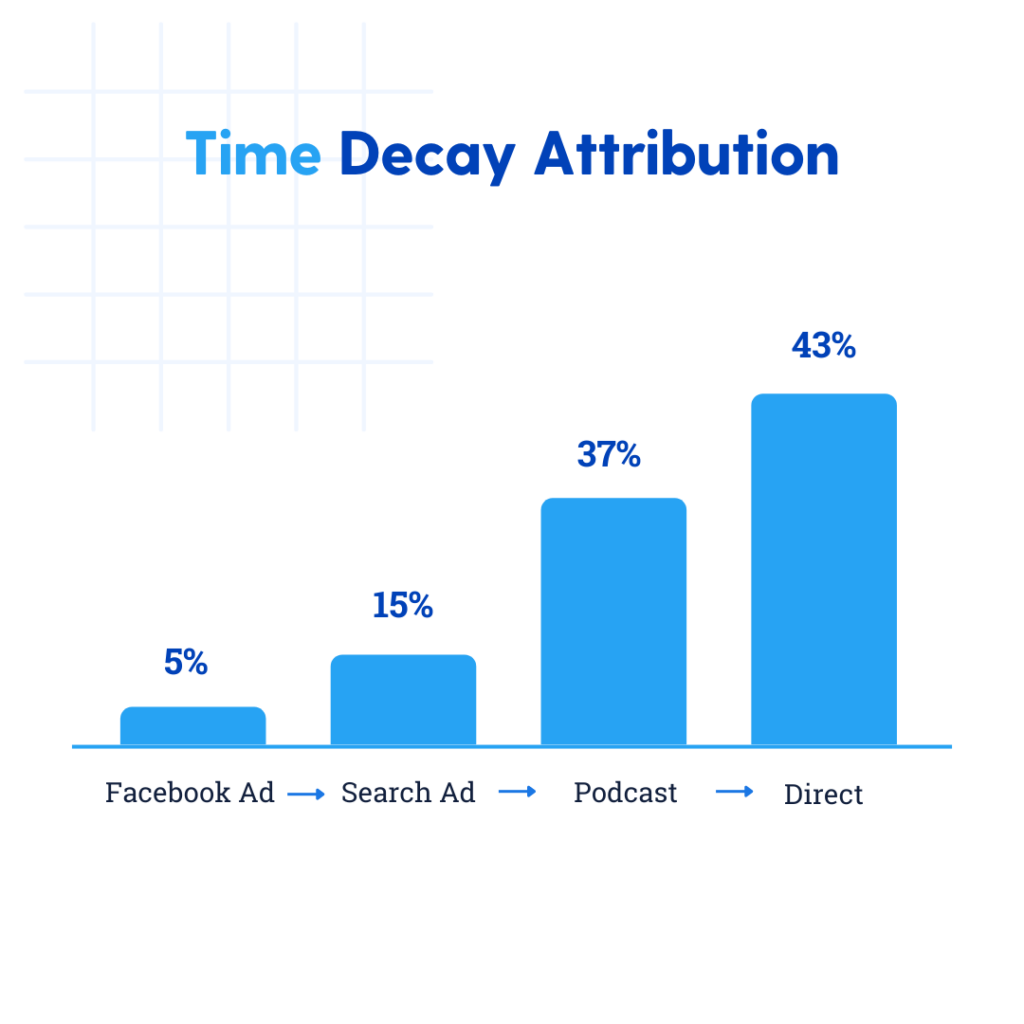
What is Position Based Attribution or U-Shaped Attribution Model
In position based attribution, the first and last touchpoints are assigned 40% credit each. Meanwhile, the remaining 20% credit is distributed across all other channels equally.
Focusing on our example, the Facebook ad and the brand’s website would each 40% credit for the sale/conversion, while the Google ad and the podcast receive 10% of the credit each.
The position-based attribution models are more complex as they assign value to numerous touch points throughout the customer journey. This eCommerce marketing attribution model has an advantage over other attribution models because it considers all the different customer touchpoints that can lead to a sale/conversion.
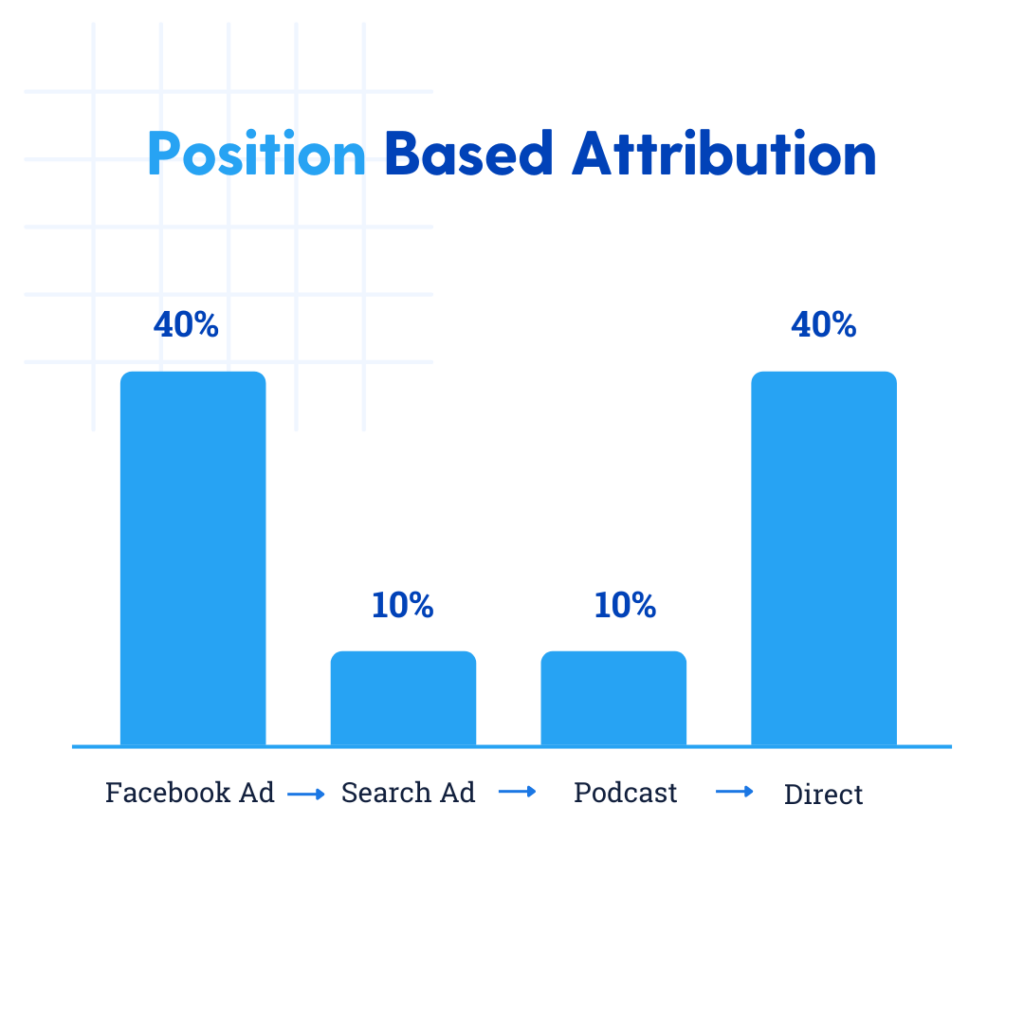
What is Last Non-Direct Click Attribution
The last Non-Direct Click Attribution model ignores all the direct traffic coming to your website, and 100% of the credit goes to the last channel the customer interacted with before converting.
For example, a customer visits your site by clicking one of the Facebook ads, interacts with your Google ad, listens to your podcast, and makes a purchase. 100% credit for the sale/conversion will go to the podcast, as it is the last channel the customer interacts with before making a sale!
One significant advantage of last non-direct click attribution is that it properly attributes conversion credit to the last touchpoint before the user converted.
However, it disregards other factors, such as direct traffic, that might have affected the conversion, which is a potential conversion source.
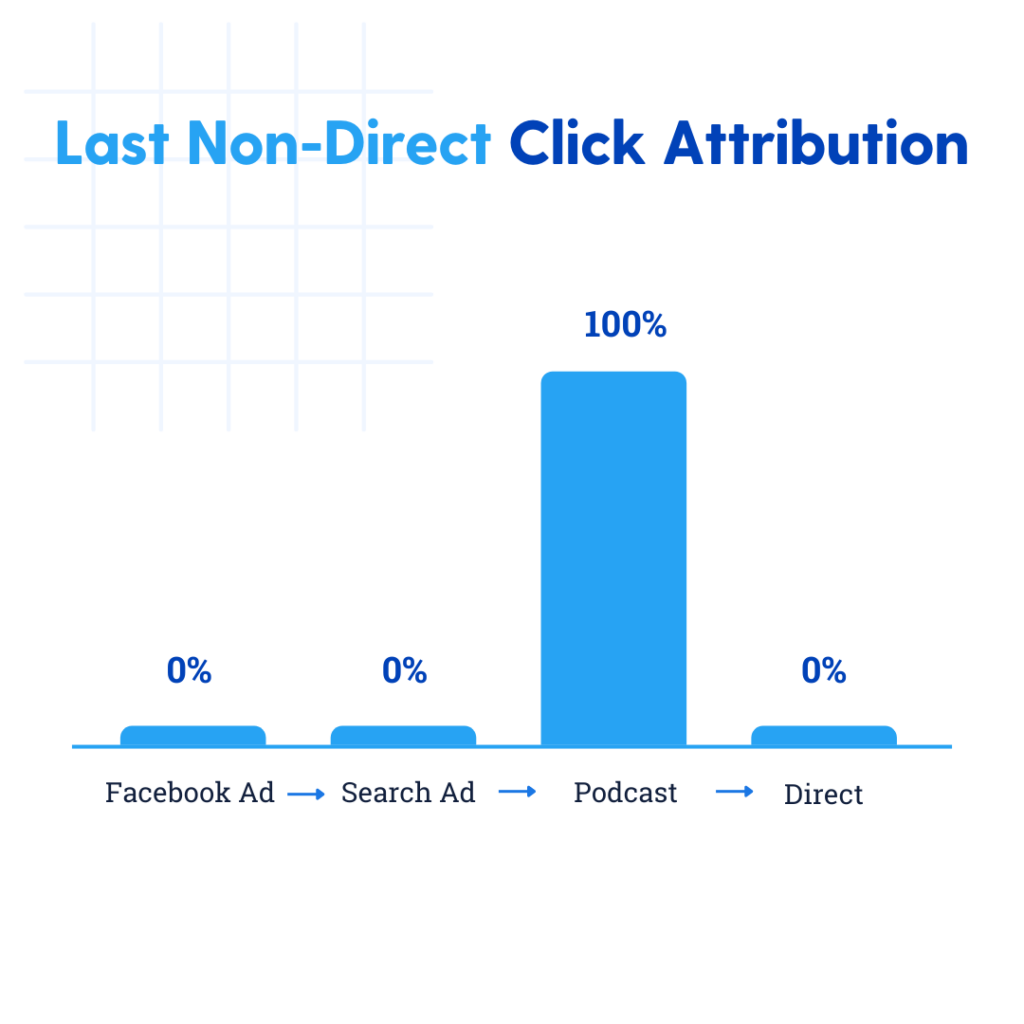
Which eCommerce Marketing Attribution Model is best for your Business?
When choosing the suitable eCommerce marketing attribution model, you have to consider every aspect of your brand. The right marketing attribution model for your brand will vary according to your specific circumstances and long-term objectives.
- Who is your target audience?
- What are your different sales channels?
- What marketing stage (traffic growth, lead generation, etc.) are you at?
If you answer these questions, it will help you zero in on one or two marketing attribution models. And using Google Analytics, you can quickly switch between views to compare the outputs of various models.
For instance, the first interaction model might help identify the entry points via which customers first became aware of your brand. However, the time decay or last interaction model may be more appropriate if your brand wants to discover which efforts are most successful at generating conversions.
In addition, a linear attribution model is helpful if you want to examine the steps your clients made from initial exposure to final purchase. After selecting a model, you can then focus on collecting and analyzing attribution insights and revise your marketing strategy to yield desired business results.
3 Reasons why eCommerce Marketing Attribution is Beneficial
To ensure every marketing dollar counts, marketers must identify which channels and strategies generate the most valuable leads and sales for the business. Most marketers acknowledge knowing which marketing channels and approaches lead to website conversions.
But we should also address the real-world gains you’ll see once you’ve perfected your attribution strategy. In this challenging time, minimizing expenses, increasing returns, and cutting down on waste are crucial to learning how and where your prospects are most impacted.
Get Rid of Expensive Advertising Methods that aren’t Working
Professionals are continuously on the lookout for cost-cutting measures. Spending less on an inefficient placement frees up capital that may be put toward other fruitful endeavors. But it’s easier to know which dollars are being spent to generate conversions and which are only if you have an all-encompassing and finely tailored attribution model. Therefore, it is crucial to understand how various media strategies affect the conversion process.
- Spending less on strategies with a high cost per conversion and reinvesting that money into channels with a higher potential return will help you save money without sacrificing results.
- Identifying low-performing channels is one method to right-size you’re spending without losing the gains you’ve made.
- To save resources for new techniques and technologies, especially if your marketing spending has reached a point of diminishing returns or results have plateaued.
Optimize your Marketing Return on Investment (ROI)
The success of most advertising campaigns will be evaluated in terms of their return on investment. Identifying the most effective channels may help you focus your marketing efforts and maximize your return on investment. The success of your business depends on your ability to determine the appropriate levers to pull to achieve your goals.
In addition, attribution models may assist justify funds allocated to channels and strategies that raise consumers’ familiarity with a brand and encourage them to consider making a purchase if they successfully lead consumers along a conversion funnel. The success of a lower-funnel channel, such as branded sponsored search or direct navigation, in influencing a customer to purchase may be determined via a refined attribution model. Budget cuts for these upper-funnel channels can have a negative impact on the traffic coming in through the lower-funnel channels, resulting in a downward spiral.
Understand and Optimize Prospective Customer Interactions
The omnichannel nature of digital marketing evolves daily. Digital display ads, sponsored search, organic social, email, and other digital marketing channels are some of the many ways we communicate with consumers. Attribution modeling’s major value is that it helps us picture how leads respond to these messages and progress through the sales funnel. A robust attribution model, however, may also demonstrate how the interplay of different channels affects conversion in a world where the number of platforms, channels, and tools is growing at an unprecedented rate.
Is it better to run an Instagram ad campaign or a paid search ad after a consumer has visited your site and been retargeted with advertising on Google’s display network? Not only can your attribution model show how customers respond to individual channels and touchpoints, but it can also show how they interact with one another. As a result, you may create the best possible sales funnel for leads.
The better you understand your consumers’ habits, the more effectively you can cater to their needs. For example, with a well-organized attribution model, you can map out consumers’ paths to purchase, which in turn helps you focus your marketing efforts on the people most likely to become paying customers. With this knowledge, you can better anticipate and respond to your consumer’s wants and requirements, strengthening your relationship with them, increasing their loyalty to your brand, and thereby expanding their lifetime value as clients.
Top 3 Challenges in eCommerce Marketing Attribution
The attribution method has the support of confident marketers, while intuition has the support of others. You may use attribution to make informed, data-backed judgments, but it doesn’t mean you can’t also test a theory you have. With proper attribution, its effectiveness may be easily evaluated, if you don’t mind.
Integrating Traditional and Digital Marketing
Online marketing channels have been the primary focus of several eCommerce marketing attribution tools. The logic behind this is undeniable. Unfortunately, this is where many businesses need help to prove a return on investment, and they also need help to approve budgets. There aren’t usually any problems like that with conventional advertising methods, but the issues are still there.
Since offline marketing is often included in marketing attribution tools, you may need more accurate results and a significant information gap in your reporting.
Selective Marketing Attribution
Many marketing attribution platforms present raw data for first and last-click attribution. But how does this affect your existing client journeys? You will be able to effectively utilize this information to enhance your marketing efforts once you comprehensively grasp the whole marketing process.
Correlation Bias in Attribution
Some marketers believe that attribution is skewed due to in-market or correlation bias. So, it would imply that predictions can be wrong. Attribution offers transparent, raw data directly within the program. Though you shouldn’t take credit at face value for every optimization, having it as a compass is quite helpful.
Machine Learning Marketing Attribution vs. Rule-Based Marketing Attribution
The advantages and disadvantages of using models depend on the specific context in which the data will be applied. Simplistic and based on only the most fundamental knowledge of touchpoints and their significance about conversions, traditional models like last touch or first touch, linear, positional, and time-decay give values. More complicated systems, however, necessitate that they learn and adjust to changing circumstances when fed with new data and knowledge.
Rule-Based Marketing Attribution
Rule-based attribution models assign credit for each stage of the conversion process according to a set of rules specified by your market data. It disregards individual preferences and does not use past information. Instead, it blindly executes the formula you provide. Rules-Based models include approaches like the first-touch and last-touch attribution. They credit a conversion based on the first or last touch but ignore any previous touchpoints that may have contributed to the outcome. Since this is the case, rule-based models become less complicated and easier to implement.
Machine Learning Marketing Attribution
Data-driven or machine-learning attributions correctly forecast and attribute each touchpoint along the conversion pathway by combining data and algorithms. To do this, we collect data and use machine learning to create the model, which then learns and improves as more data is gathered.
Predictions may be made, new situations can be considered for optimization, and new strategies can be devised using Machine Learning and data-driven models. The process improves efficiency and accuracy as more data and analytics are fed into the model.
While both Rules-Based and Machine Learning models have their uses, the former’s ability to identify, report, and improve in real time is particularly advantageous. In addition, the model is constantly evolving and improving its performance. Rules-based models are easier to build, but they only supply snapshots and data in retrospect, and they need to be refined by hand.
While machine learning may be more complex to construct and then take findings and insights and operationalize them for future models, rules-based models may be implemented with considerably less effort and expense.
Conclusion
Machine learning attribution models might provide a comprehensive and sustainable approach to measuring customer involvement across the board, although at a premium price point. On the other hand, rules-based models are easy to understand but provide fewer specifics about the implementation.
Converting a customer is what keeps your business going. You may increase your conversion rate significantly if you and your consumer know how and where they convert.
To understand where, when, and why your marketing dollars should be spent, attribution models are crucial. Simple or complex, these models let you see how your customers will respond to your offerings and make informed strategic decisions. You can zero in on output from different attribution models with a proper Google Analytics setup. Get a Google Analytics audit done today.
Customer analytics does not end with the attribution models that we mentioned above. The amount of data generated using these models and the growing number of platforms and apps makes it complex to analyze if the data is scattered across tools and platforms. So instead, using an eCommerce-focused data pipeline like Daton, bring all the data into a data warehouse of your choice. With data in a single destination, the analysis of customer decisions is seamless.





